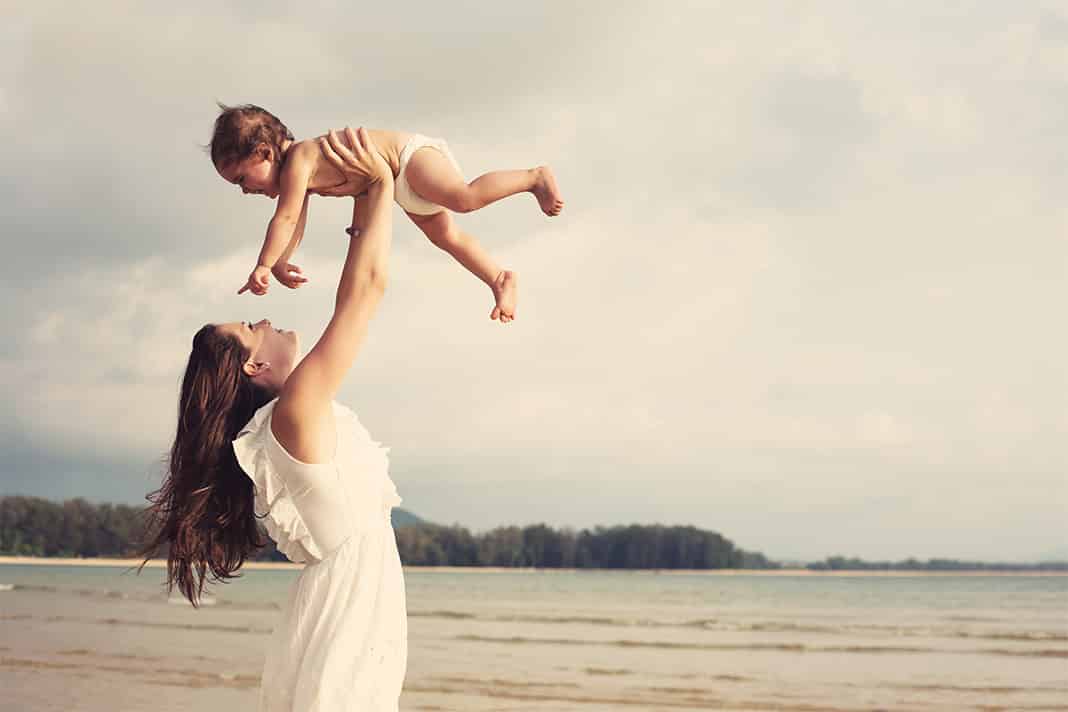Parenting professionals and leading mumpreneurs answer some of your most pressing questions
Damon Marriot
Damon Marriot is Product Manager at Nuna UK, and knows that buying a car seat can feel like a minefield for new parents
What should parents look for in a car seat, and what regulations do they need to be aware of?
In the UK, children need to use a car seat from birth to 12 years old, or until they are 135cm tall. Car seats fall into different categories:
Group 0: 0-10kg (approx. birth to 6-9 months)
Group 0+: 0-13kg (approx. birth to 12-15 months) and 40-85cm
Group 1: 9-18kg (approx. 9 months to 4 years) and 76-105cm
Group 2: 15-25kg (approx. 4-6 years) and 100-135cm
Group 3: 22-36kg (approx. 6-11 years) and 125-150cm
Under the European i-Size legislation, a child must use a rear-facing car seat until they’re 15 months old, as their necks are not strong enough to take the pressure of a head-on collision.
A good option for new parents is a combination seat like the Nuna REBL plus, which can shift from rear- to forward-facing and thereby evolve with your child. In the case of the REBL plus, this is done via a 360-degree rotating seat, which also means you can get them in and out of the car with ease. As combination seats last longer than a single category model, they’re a better long-term investment. i-Size seats are based on height rather than weight, so use this to determine whether the seat size is suitable for your child. Children can ride rear-facing until they are 105cm tall (approx. 4 years old) – which the REBL plus allows.
i-Size also includes a side impact test – the REBL plus is super-safe with its smart SIP system featuring energy-absorbing foam. It also has ISOFIX connectors – another important (and reassuring) i-Size requirement.

Alexandra McCabe
Mama talks to maternity fitness experts FittaMamma about choosing supportive sportswear and staying fit
Is it possible to stay confident and safe when exercising with a bump?
Keep your bump supported. Staying fit and active during your nine-month journey is good for you and good for your baby too. Mammas-to-be who exercise regularly tend to suffer fewer pregnancy niggles and discomforts, give birth more easily and recover more quickly postpartum.
Medical experts recommend that all healthy pregnant women should aim for 30 minutes of exercise every day. There’s no reason not to continue to stay active throughout pregnancy but often the length of time they continue to exercise is restricted by the size of their gymwear!
Supporting your bump when you exercise doesn’t just boost your comfort and make you feel more secure, it helps alleviate the pressure on your pelvic girdle, improve your posture and help if you’re suffering from lower back ache.
It’s important to feel good about yourself and that means feeling confident and stylish when you stay active. Well-fitting and supportive activewear will encourage you to maintain your pregnancy fitness.
The FittaMamma Ultimate range has all the advantages of technical, high-performance gymwear, with support for your baby bump and your lower back. The tops feature a built-in bra to hold your boobs snugly, unique cross back support to lift the weight of your bump and a firm waistband to hug your hips and makes sure the top stays put when you exercise. The range is a great all round choice for any pregnancy exercise, whether you’re hitting the gym, parkrunning or stretching and flexing in the yoga studio.

Lucy Coe
Lead Midwife for the midwifery-led team at The Kensington Wing
What happens if I need to go to the loo during labour?
Firstly this is a really common question – and please do not worry! When you are in labour, it is normal to feel lots of pressure down below when you have a contraction and sometimes you can mistake this for actually needing the loo; but your midwife will be there to support you and help you to the bathroom if you really need to go. When it’s time to push your baby out, you actually use the same muscles as you would to pass a stool, so the sensation of this is very normal and nothing to worry about. Our bodies are very clever and usually we don’t need to open our bowels for a day or so after the birth, which can give us a little time to heal. Sometimes you need an episiotomy. This is a small cut to your perineum performed by your midwife to expedite the birth of your baby. Episiotomies are not routinely performed, but stitching afterwards heals similarly to when you tear naturally, so you should still be able to go to the bathroom without
any problems.
It is also very important to think about your bladder in labour, as it’s best to keep it as empty as possible. Your midwife will remind you to try and go regularly, and within a few hours after the birth of your baby.






NO COMMENT